Merry Witchmas! If you were a fan of Season 1 of The Witcher, based on the book series by Andrzej Sapkowski, it’s been a long two years. But the Netflix fan-favorite is back for Season 2 on Dec. 17. We had mixed feelings about Season 1, finding the show started on shaky ground and picked up steam with each episode. After viewing the first 6 episodes of Season 2, we can confirm that the show continues its upward trend, with Season 2 presenting some of the strongest episodes of the show yet.
Where Season 2 Begins
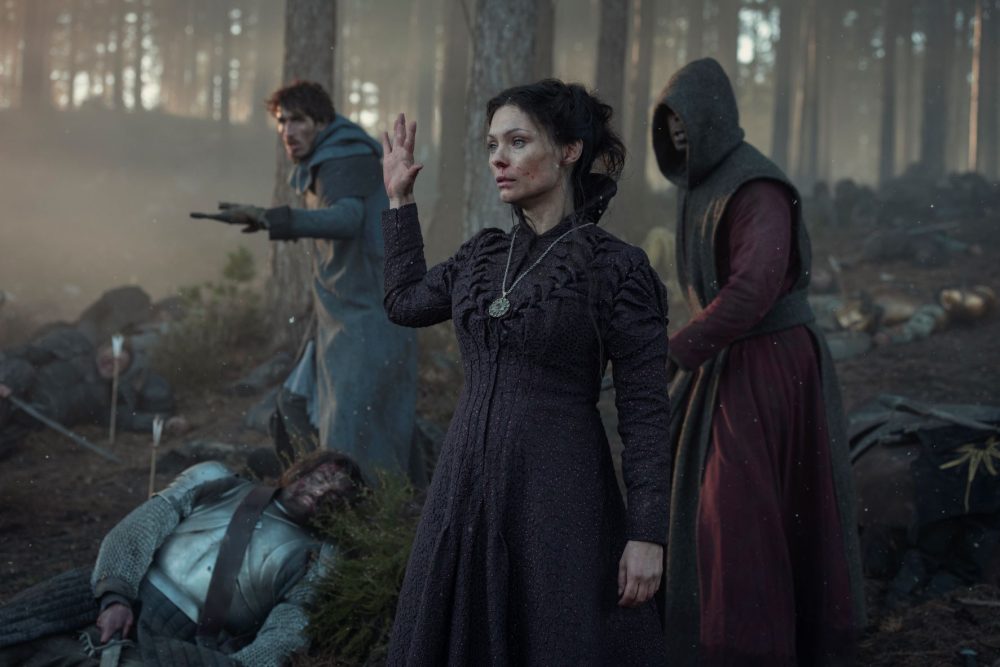
One of the first season’s challenges is that it threw one-off stories and ongoing plot details to the audience at rapid-fire pace, rarely differentiating between the two due to the blurry timelines. There were a lot of people, places, and points in times to keep track of – some more important, some less. That can make it difficult to remember the specifics of anyone who isn’t our main trio going into Season 2. Picking up only hours after Season 1 ended, the show does little in the way of recap or hand-holding to catch up the audience. So if it’s been a few years and you’re going in cold, you might benefit from doing a quick Wikipedia recap or even rewatching the finale of Season 1.
In the second season’s premiere, Geralt (Henry Cavill) and Ciri (Freya Allan) are finally united and hit the road as a duo, headed for the Witcher keep of Kaer Morhen. Meanwhile Yennefer is captured (Anya Chalotra) and paying a personal price after helping turn the tide in battle against Nilfgaard. The ramifications of that battle between the North against Nilfgaard reverberate in every plot thread, with most characters forced to choose a side. That becomes less of a clear good-guy vs. bad-guy choice than it seemed in Season 1, with the North’s continued mistreatment of Elves coming into sharp focus.
How Season 2 Levels Up
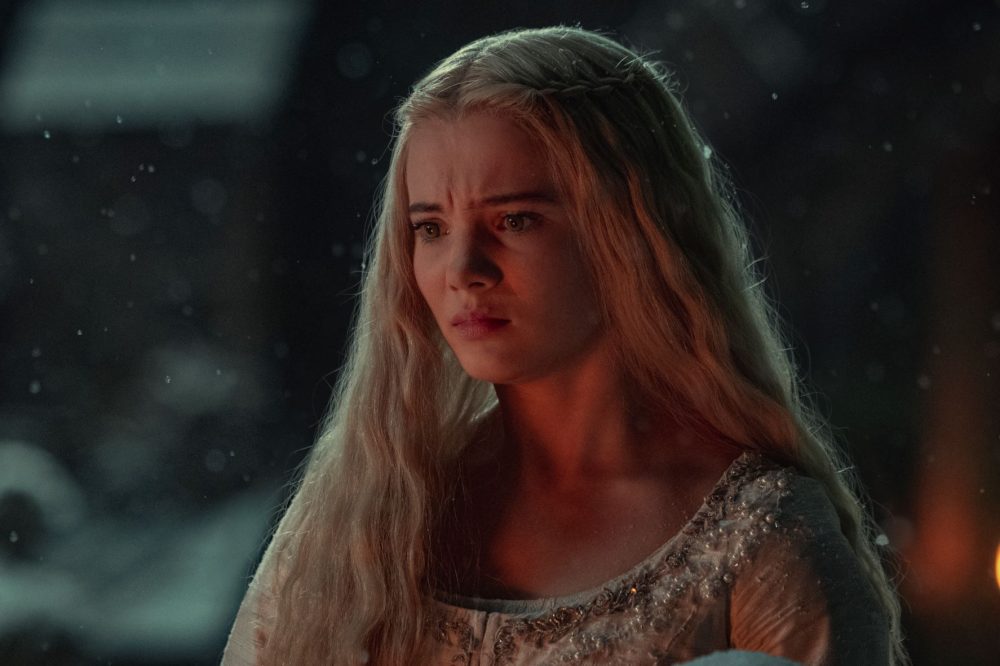
It appears that showrunner Lauren Schmidt Hissrich has taken specific criticism of Season 1 to heart and course-corrected. Add to that what is clearly a larger budget for Season 2 (no one has published numbers, but it looks like Netflix tossed the production way more coins this time around), and the effort produces what is easily one of Netflix’s top original series. Season 2’s biggest strengths include:
- Ciri! Whether you loved Season 1 or hated it, Ciri was arguably dealt the worst hand, and it feels like Hissrich is making it a point to reverse that here. The character spent all her Season 1 screen time running around from point A to point B, and I wasn’t convinced Allan was a good fit for the part. But sometimes an actor’s only as good as her writing, and Season 2 showcases Allan’s strengths as the headstrong Ciri and her on-screen chemistry with her new found family, Geralt. Although it’s only been a few years between seasons, Allan’s grown up considerably in a short time. That works better in this part, which goes down some dark roads. Given her role in the series, Ciri will always be something of a MacGuffin, but even that works much better this season since the character is properly developed.
- The timeline. Season 1 took a Dunkirk approach to time, spreading Geralt’s longer lifespan across the same set of episodes as Yennefer’s shorter and Ciri’s much shorter lifespan, meaning events occurring in each episode were not happening simultaneously. While this made for a clever “click” feeling in the season’s back-half, it was largely to the show’s detriment. In Season 2, the clocks are synched, meaning there’s never confusion about not only who a character is but when a character is.
- The worldbuilding. Season 1 showed us a lot of glimpses of is world, but it mostly felt like we were seeing disconnected shards of a mirror instead of the full picture. (Again, I rant, largely due to the bifurcated timeline). It was easy to lose the thread of the world’s politics and communities in Season 1, but Season 2 puts those issues front-and-center by giving us the nitty gritty of Nilfgaard vs. the North without painting either side as a particularly heroic effort. It also generally gives the audience a much clearer picture about what’s going on in the world outside of the main trio’s day-to-day lives, which helps form a more cohesive, propulsive plot that every character is anchored by.
- A clear supporting cast. In Season 1 it wasn’t always obvious if a character we were meeting was a character-of-the-week or in it for the long haul. In Season 2, we get far fewer one-offs, and we’ve shed a lot of characters who were either killed or a monster of the week in Season 1. This allows the show’s supporting cast to come into much clearer focus. We spend more time with the likes of Fringilla (Mimi Ndiweni), Nilfgarrd’s Black Knight Cahir (Eamon Farren), Triss (Anna Shaffer), as well as new supporting characters like Vesemir (Kim Bodnia).
At What Cost?
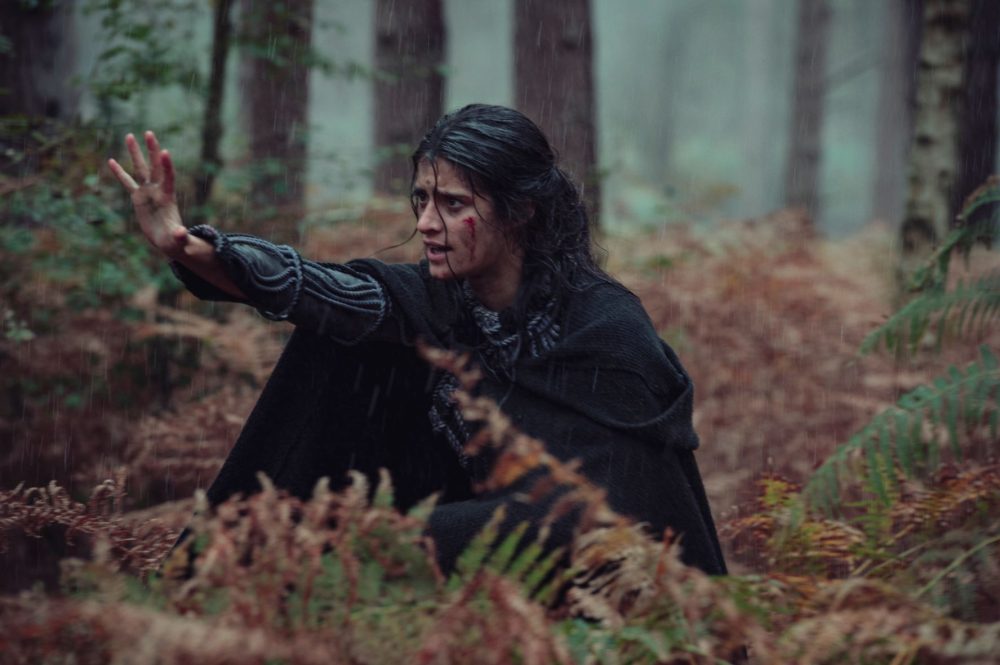
Enhancing the show in one way always requires cutting back in another, and Season 2 is not without a few issues or trade-offs. In particular:
- Less Bless this Mess. YMMV on this, but there’s a “shaggy dog” quality to The Witcher Season 1 that is absent in Season 2. If Season 1 had 90s Xena vibes with its monster-of-the-week themes, Season 2 is closer to Game of Thrones (before the trash ending). That’s arguably an upgrade, but if the slightly lower-budget, monster-of-the-week style of storytelling was the primary draw for you, you might find you’ve lost that in favor of more political propulsion of the larger storyline.
- Less R-Rated. The adult content is toned down considerably in Season 2, partially because of Geralt taking on a father role with Ciri. Considering Geralt meets Yennefer during an orgy in Season 1, this might have been inevitable. But even when you remove the orgy from the equation, there is less sexuality on display in Season 2. Nude Geralt in a tub is nowhere to be found, and we don’t really see any of our protagonists engage in explicit or sexual behavior, which is a big turn from Season 1. It also feels like there is less swearing, drinking, and debauchery in general.
- Less Humor. Season 2 feels darker all-around and a bit less jokey than its predecessor. That’s partially because Geralt spends less time grunting and swearing and more time having actual conversations. It might also be because we’ve spent less time with the fan favorite Jaskier-Geralt dynamic, with Jaskier (Joey Batey) not appearing until the last few episodes of this set of screeners, and sans Geralt.
With that, we’ll leave you with a few final and stray observations:
- This may seem minor, but it was strangely progressive seeing a show in a typically male-dominant genre discuss the basic practicalities of something like menstruation. When Ciri is thrown into the den of male Witchers, Triss pointedly asks Geralt how she’s supposed to handle that dynamic, and wonders if he’s even provided her with cloth for time of the month. It’s an incredibly short exchange that stuck with me in a way I didn’t expect.
- Jaskier’s got another earworm! Not sure it’ll live up to the hype of Season 1’s song, but I found Season 2’s lyrics even better.
- As a fan of the video game The Witcher 3 (and as someone who admittedly has not read much of the series), the show is finally starting to work for me as an almost prequel to the lore and story I’m most familiar with in the game. I’m looking forward to doing another run-through after I finish Season 2, better armed to make the choices thrown at me in the game, some of which meant nothing to me during my first play through.


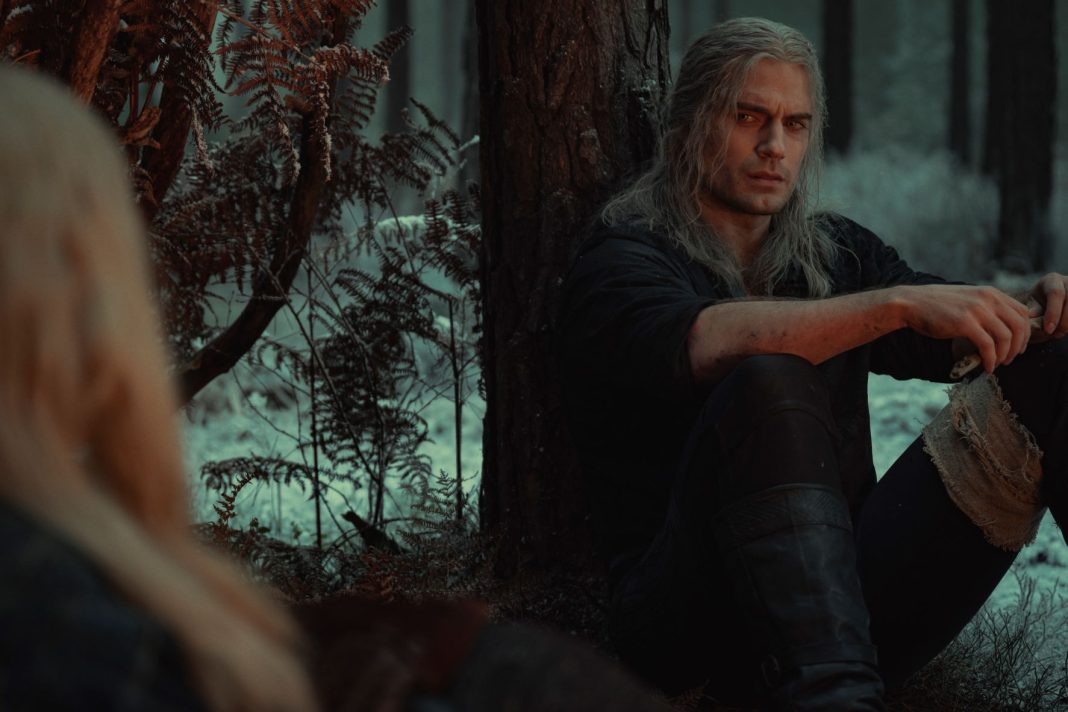
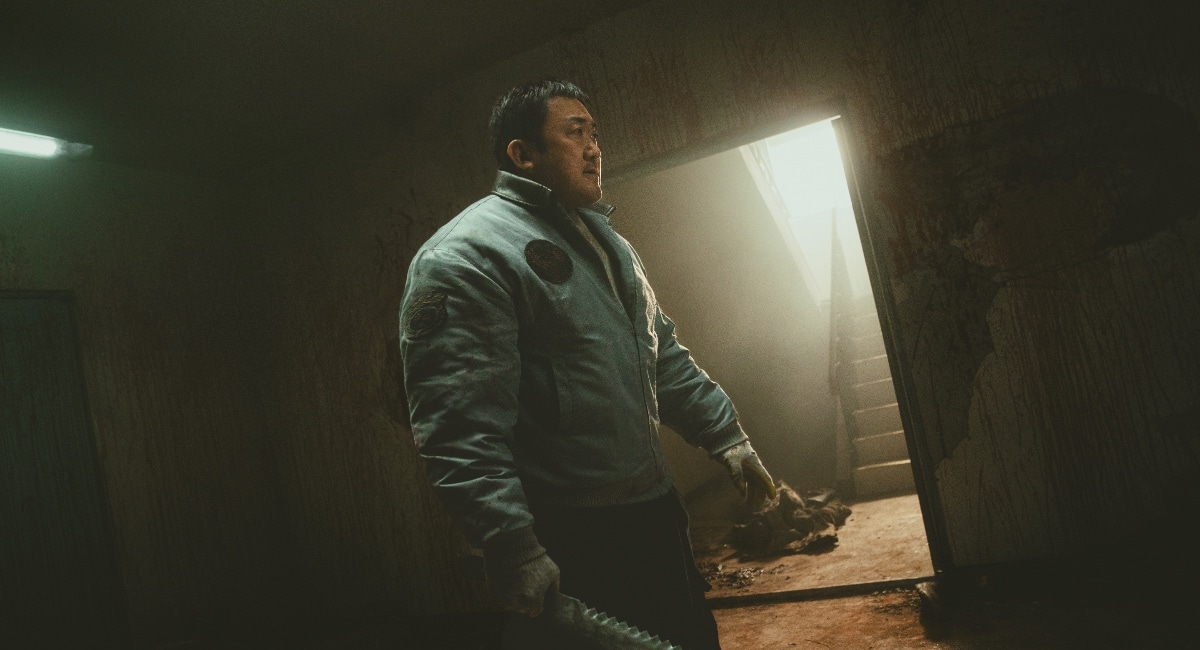
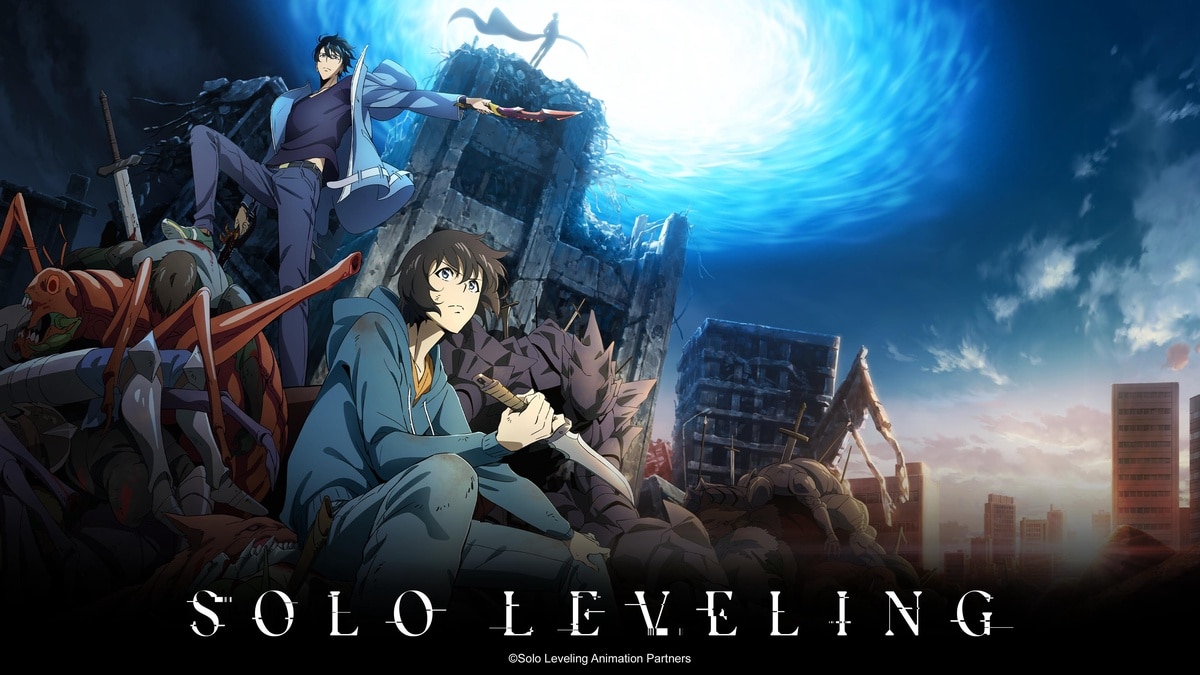

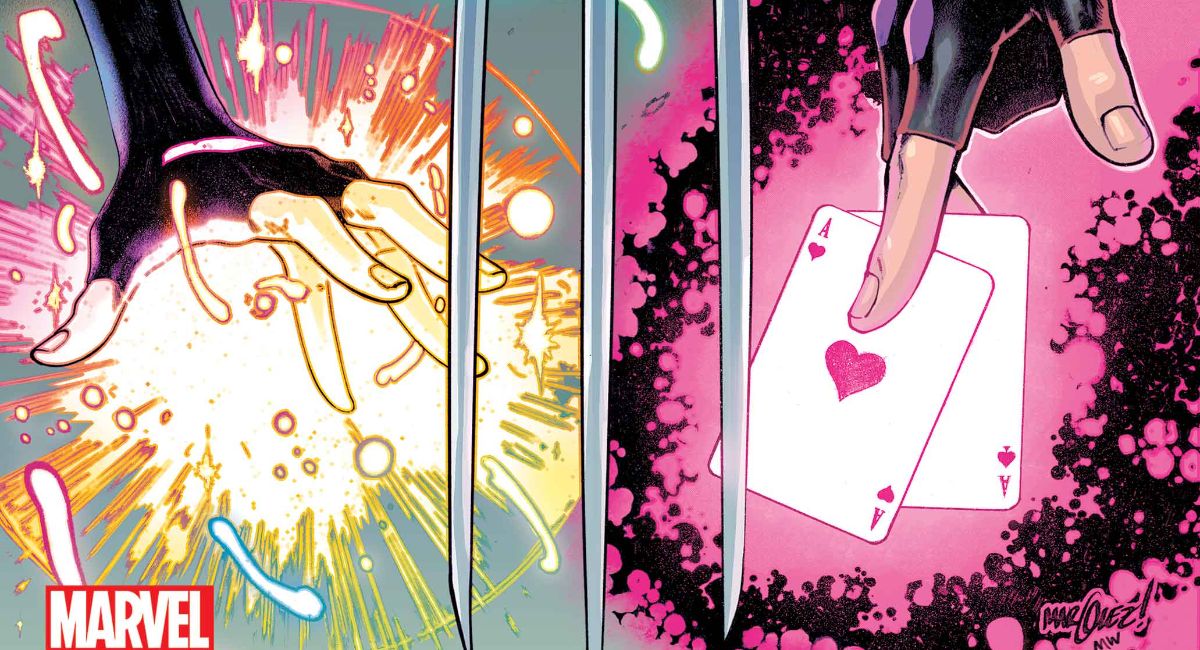



I just read your review but I don´t understand why if the tone is definitely positive, it´s appear as “Rotten” on Rotten Tomatoes website. Could it be a mistake? The Witcher fans would appreciate your feedback. Thanks in advance.
Yes, it is a mistake! I noticed when it posted and I’ve been trying to fix it all morning. I’m waiting to hear back from RT since I can’t edit it myself, but I’m sure they’ll get it fixed today. Suffice it to say it was definitely a fresh review for me!
UPDATE: It’s fixed now.
This menstruation part is actually from the books and I am really surprised that they decided to keep it.. Ciri in BoE is 13 and in last book 15, Freya already looks older.. especially for this scene.. (btw.. Ciri looks older from the very beginning or they aged her up in Kaer Morhen?) Also it looks like in show it is a short scene but in books it was kinda bigger. Ciri asked Triss if she could “staph this” or turn her into boy. In the end all witchers got a lecture from Triss. (It is a really cool scene, but after english translation there were some minor voices saying that male authors should stay away from this topic).
I think we should let Triss sum everything up:
“Hell and bloody damnation!” the enchantress yelled, and kicked the stool so hard that it hit the door and brought down the rat skin. “Pox, plague, shit and leprosy! I’m going to kill those cursed idiots!”
Good to know! I wondered if it was in the source. Freya looks a lot older this year, but then again aging just a few years can have a big impact when you’re a teenager. I believe she shot the first when she was 17 and is about 20 now due to pandemic delays as well as Cavill getting injured creating further delays.
Comments are closed.